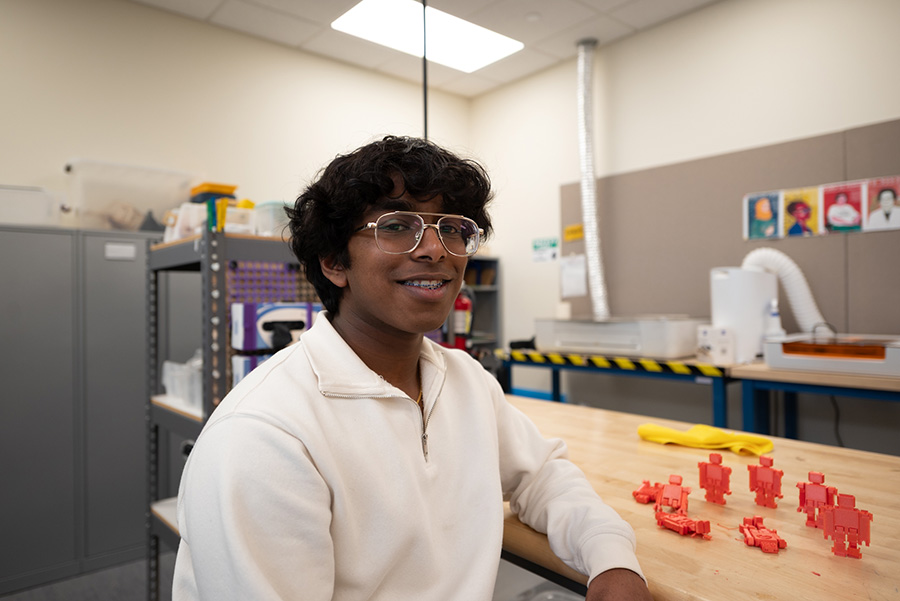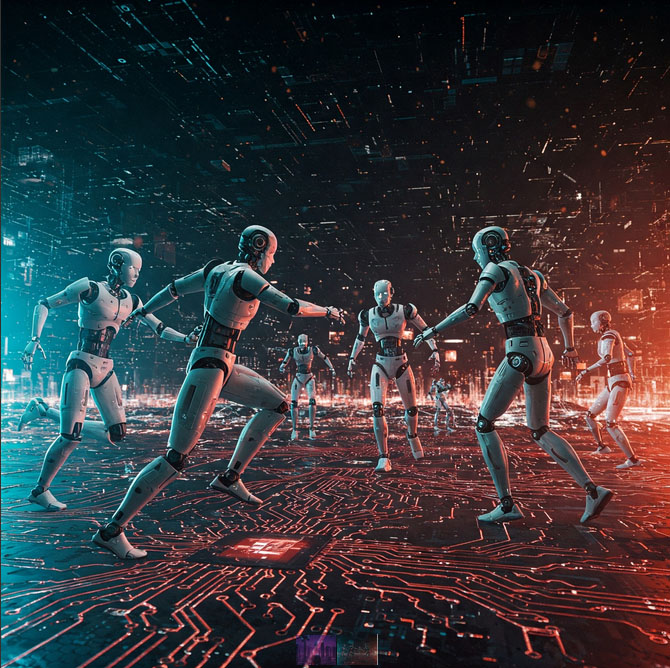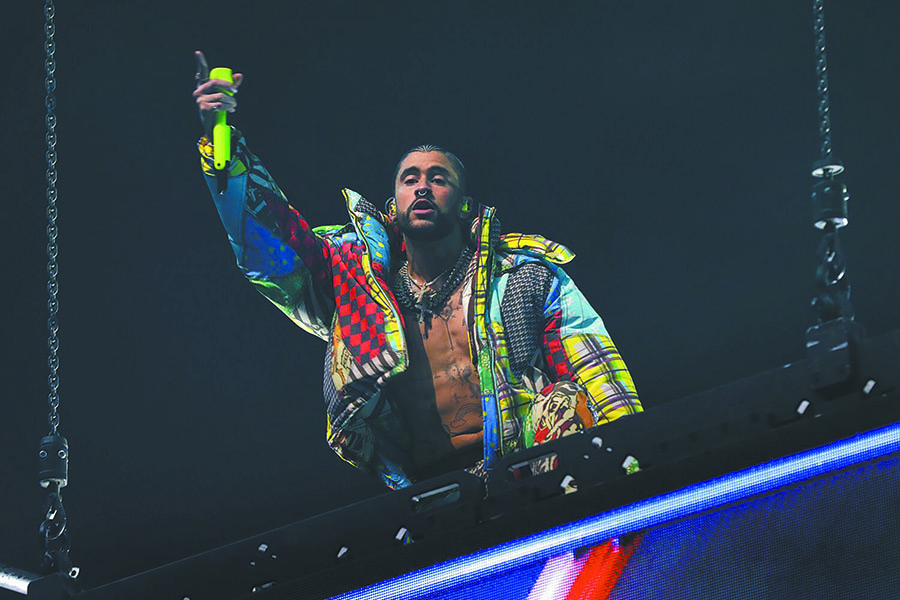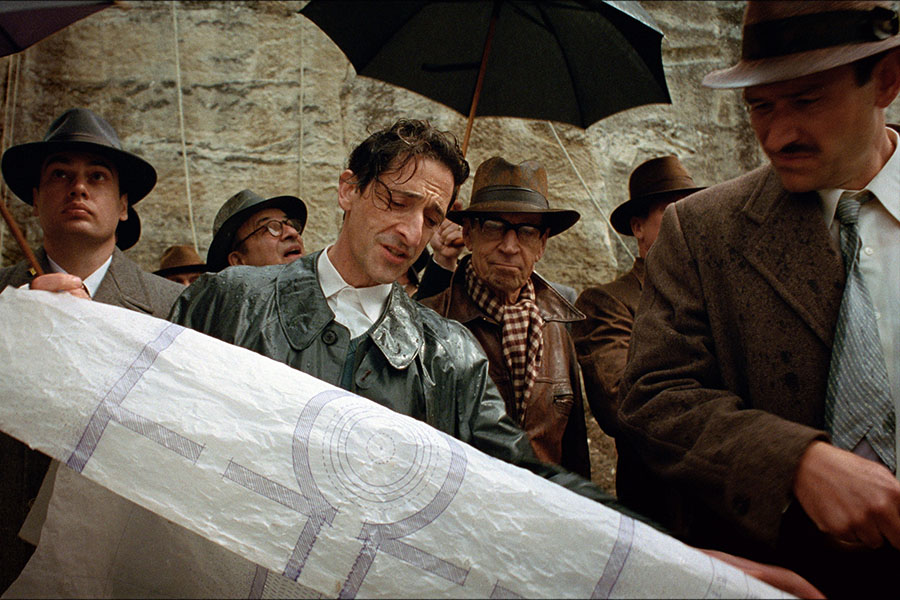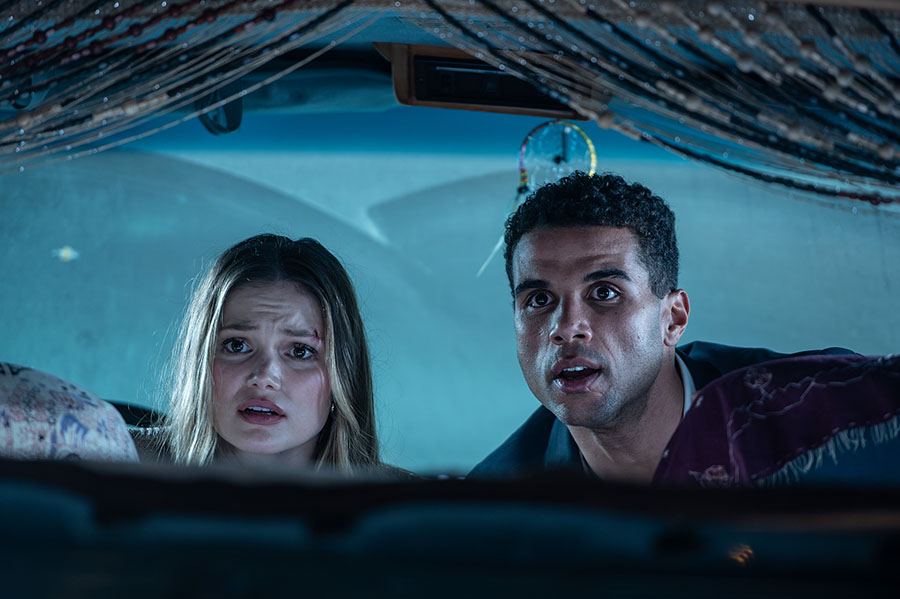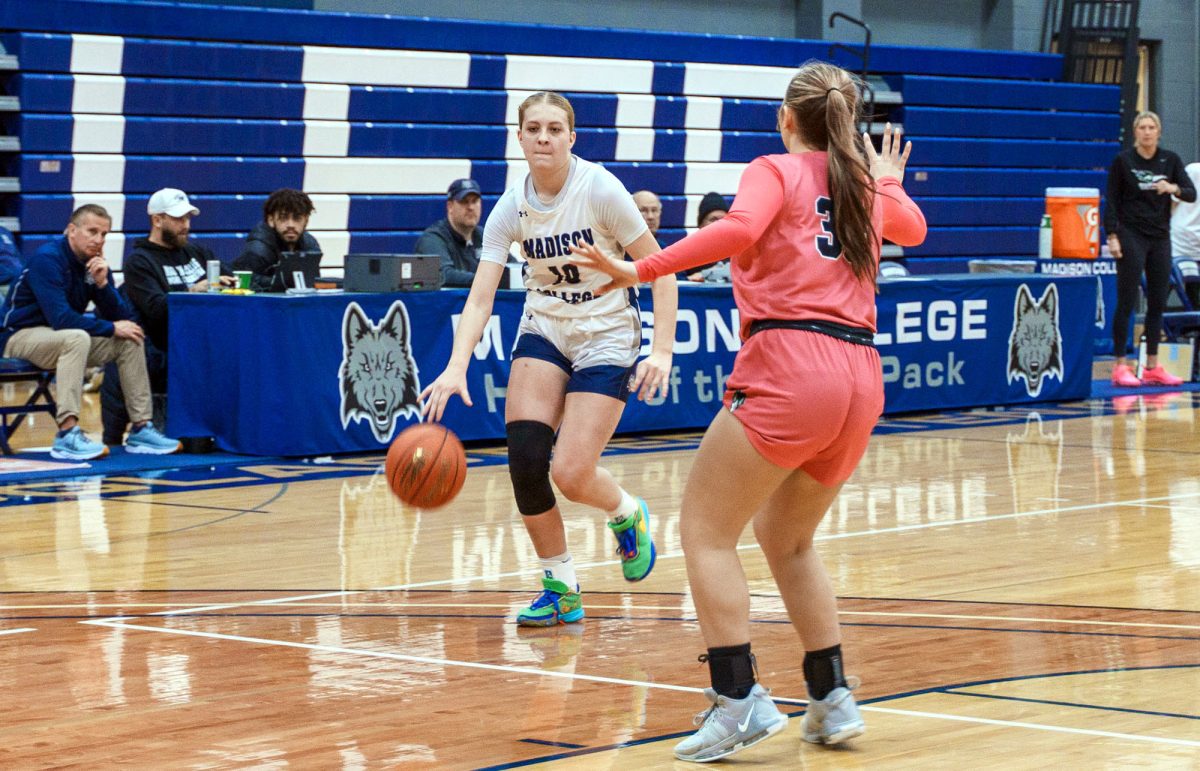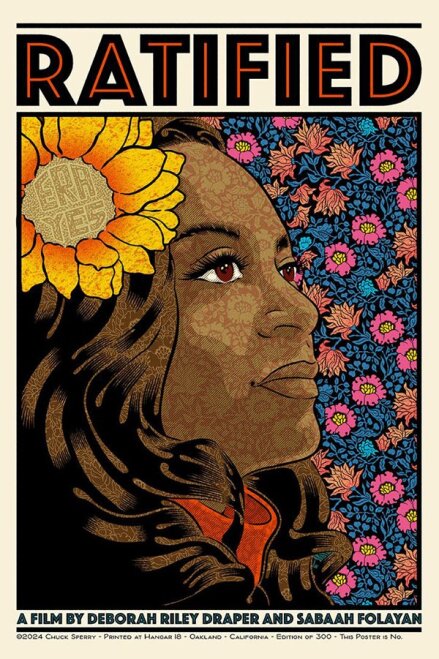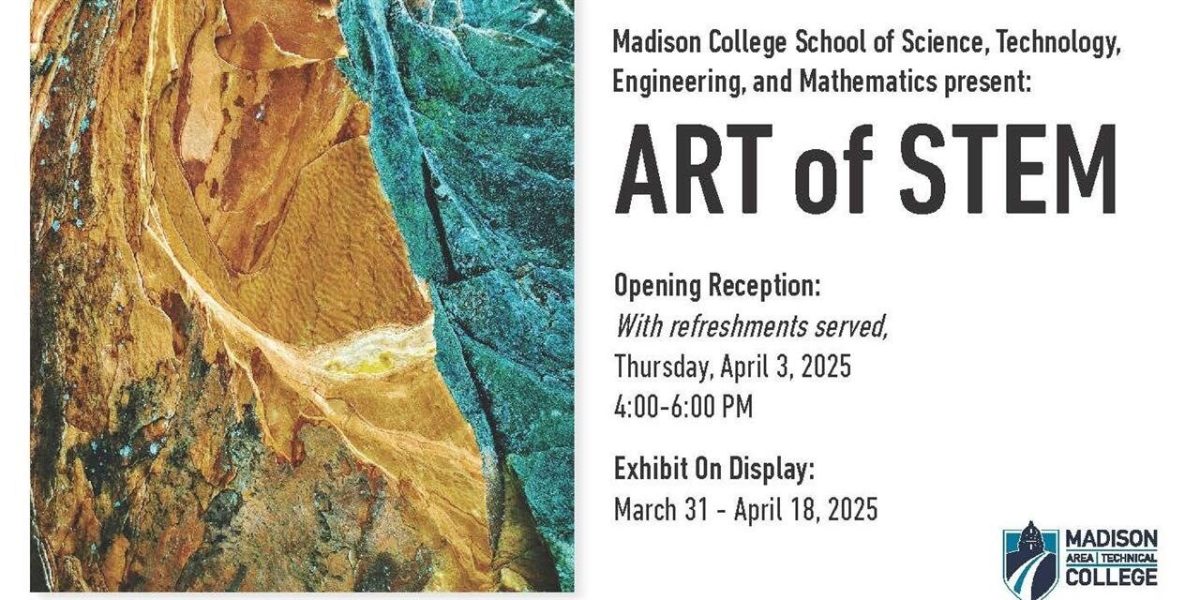Spoiler Alert! This review references events from the Final Fantasy 13 and 13-2 storylines.
Square Enix continues the Final Fantasy storyline with its newest installment, Final Fantasy 13-2. While this game sticks to the same play style as FF13, FF13-2 takes a whole new direction with the plot.
Vanille (Va-Neal) and Fang, having sacrificed themselves to stop the fall of Cocoon, are now a part of the massive crystalline structure holding it in the sky. Meanwhile the other l’cie – humans gifted with immense power and cursed to become crystal if they don’t complete a task set before them by the powerful creatures known as Fal’Cie – have been granted mercy by the Goddess Etro and released from their crystal prisons. Left to their own devices, the l’cie are allowed to live out their lives in peace.
Lightning – main character of the original game – is missing from time, and only her sister Serah can remember her existence. With none of the others believing her memory, she spends the next three years dreaming of a time when her sister was present, until the fall of a meteor and the appearance of the mysterious Noel Kreiss and the Moogle known as Mog changes everything.
The battle game play has changed a bit from FF13, and for the better. Rather then load on many extra characters as you travel throughout the game, FF13-2 instead focuses on the storyline of the two main characters, Serah and Noel, and lets the third position be filled by an entirely new system: capturing monsters.
The monster system is pretty simplistic in this game, with common monsters having a chance to be caught and brought into your battle party. While you can capture and possess hundreds of monsters, only one can actually fight on your side at any one time. You will have to create a preset of up to three monsters that you can use interchangeably throughout the battle, you can remake throughout the game whenever you are not in battle. Because of this, you have to make strategies about what monsters are best in which situations and learn about their individual leveling abilities, adding a whole new level of strategy to the game, and more depth.
Sadly, this new monster feature is the only addition to the battle system, with everything else about it staying the same – including item usage, paradigm shifts and basic battle system – from FF13-2’s predecessor. Like the old system, you can dictate your own battle moves, choosing which skills or attacks you use at any one time. However, due to the speed of the battle system, it is rarely useful to do use anything except the “auto-attack/heal/skill” button.
Despite having a very similar and simplistic battle system as FF13, FF13-2 has become a massive success due largely to two things: the additional storyline, which has a unique and fun feel to it, and the far less linear rate of play than FF13.
The premise of the game is that Serah and Noel must travel through time to eventually rescue Lightning from her horrible fate. Because of this, there is not only one timeline to consider as you play, but multiple timelines and alternate realities, allowing the player a wider variety of battles, story lines and alternate endings. This is opposed to FF13’s extremely linear play, which did not allow for many (if any) choices throughout the game that affected the storyline.
Overall, the game met the expectations for a Final Fantasy game, but failed to deliver anything spectacular in terms of combat controls. Although, thanks to the well-crafted storyline and the game’s massive, non-linear progression, the game is still an excellent edition to anyone’s gaming library.




